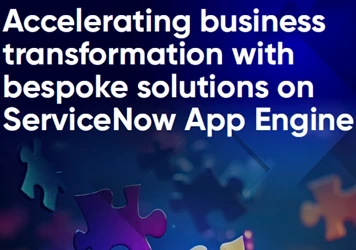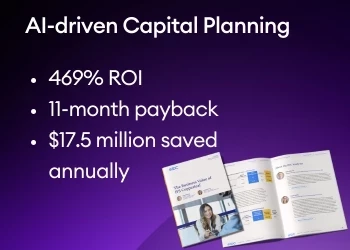Coaching for Transformation in Businesses
Add bookmark“A good coach will make his players see what they can be rather than what they are!” The same principles apply to leadership coaching as well. We live in a state of constant flux. Our business models are constantly evolving; processes need to constantly adapt to changing customer and employee needs. Traditional business models have disappeared even in conservative sectors like banking. This results in anxiety, fear and above all, a strong resistance to change. People who can adapt and learn new skills quickly thrive and find themselves new opportunities.
But how does an organization position Change as a positive force, something which is eagerly anticipated, not feared. For that Change has to be guided by positive, empathetic leaders who can understand opportunities that it can bring for employees. They need to have a collaborative mindset which can work with employees and stakeholders to navigate their way through business changes and emerge as winners.
But how do we develop such qualities in leaders? As a basic level, the question is “Are Leaders born or created? “ I think it can be honestly said that while most of us possess some leadership traits naturally but it is a rare individual who is born with all leadership qualities. Therefore, one can assume that leadership qualities can be taught and imbibed. However, transformational leadership can be a daunting and a lonely task for any individual.
So what is more impactful than one truly fantastic transformational leader? The answer is obvious – many transformational leaders all of whom speak a common vocabulary and practice a common set of known and reliable best practices consistently and thoroughly. Most leadership studies show this is to be true. Effective and successful organizations are not those led by one charismatic, transformational leader. It is an organization led by distributive, complementary and collective leadership, held together by common best practices and a common vocabulary.
Organizational Coaches play a very strong role in defining and cascading these best in class leadership behaviors that are most effective in getting the best results. Coaches could be internal or external to the organizations. However to be impactful it is important that the coach closely monitors progress and prods the leader to develop his /her talents. Most importantly a coach needs to be fearless and challenge senior leaders on behaviors that are unproductive and dysfunctional.
I am often asked about the difference between mentors and coaches. For me the response is very simple – a coach is a person who “observes” you doing your job and helps you get better by giving you the right feedback and the tools to help you get better. Mentors are very useful but they do not directly observe the executive. Uunfortunately, their advice is only as good as the narrative provided and often doesn’t adjust for leader’s blind spots or the mentor’s lack of professional familiarity with the executive.
Developing insight is no child’s play. Hence executive coaching is a powerful tool for any organization that’s undergoing a large scale change. Leadership coaching provides leaders with the space to step back and reflect on the chaos around them in a constructive way. “If you want to lead others, you need to lead yourself first. For organizations wanting to transform workplace cultures, there are many steps to take.
One of the things that successful firms do is ask its leaders to reflect on their own leadership. Often this introspection is guided by a leadership coach, whether internal or external to the organization. This coaching relationship allows leaders to consider the changes they have to make themselves to adapt to a changing work environment.
One key element of coaching is the development of a new group of what we call authentic leaders. These are executives who lead with purpose and passion. They lead from the heart. However, authentic leaders need to look inwardly, regardless of how uncomfortable they are with doing so or what they find. Authenticity comes from this self-exam. It starts by identifying and defining the values one holds and how to adapt to changes without undue emotion.
As coaching evolves and becomes more tied to organizational strategy, the focus needs to shift from coaching executives to building coaching cultures. This is about developing coaching as an internal competency that has managers and colleagues learning/developing coaching skills and working together differently. Building a coaching culture could potentially involve using external coaches at the top of the house and developing internal coach cadres to accelerate the shift across the organization.
In an organization where this shift has happened, you would see a distinct difference in the way they operate from traditional organizations. The leadership is typically more self aware, reflective and less arbitrary in actions and decision making. Simply put – leaders have lesser blind spots! Of course, this is never an easy change. Most coaches are challenged every step of the way and their organization relevance is often called into question. But if the organization and coaches manage to prevail and deliver results, the benefits are immense. One of the biggest is the ability to showcase results through the positive and productive behaviors. I would like to take the liberty of slightly tweaking a quote by Lao Tzu, “A coach is best when people barely know he exists, when his work is done, his aim fulfilled, they will say: we did it ourselves.”




















